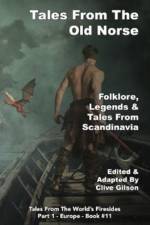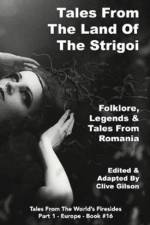461
Folk & Fairy Tales, Legends, Myths & Sagas from Wales - I’ve been collecting and telling stories for many years now, having had a number of my own works published in recent years, particularly focused on short story writing in the realms of magical realities and science fiction fantasies.I’ve always drawn heavily on traditional folk and fairy tales, and in so doing have amassed a collection of many thousands of these tales from around the world. It has always been a long-standing intention to gather these stories together and to create a free library of these tales that tell the stories of places and peoples around the world.Now that I’ve got a digitised archive up and running, I’m finally in a position to start on the great project… and this volume, Tales from the Land of Dragons, is the first in a set of collections covering the whole of the British Isles.Time and facility allowing, I fully intend to go northwards next, covering the lands of ice and snow, before then heading south and east across Europe. Even then we’ll just be scratching the surface. Far flung continents, lands and peoples beckon us ever onwards in our journey.That’s the great gift in storytelling. Since the first of our ancestors sat around in a cave somewhere, contemplating an ape’s place in the world, we have, as a species, told each other stories of magic and cunning and caution and love. When I began to read through tales from the Celts, tales from Indonesia, tales from Africa and the Far East, tales from everywhere, one of the things that struck me clearly was just how similar are the roots.We share characters and characteristics. The natures of these tales are so similar underneath the local camouflage. We clearly share a storytelling heritage so much deeper than the world that we see superficially as always having been just as it is now.These tales, whenever and wherever their origin, were originally told by firelight as a way of preserving histories and educating both adult and child. These tales form part of our shared heritage, witches, warts and all. They can be dark and violent. They can be sweet and loving. They are we and we are they in many, many ways.Every story does, by the way, have a brief attribution, both of the original collector / writer and the title that this particular version has been adapted from. I’ve loved reading and re-reading all of these stories. I hope you do too.
















